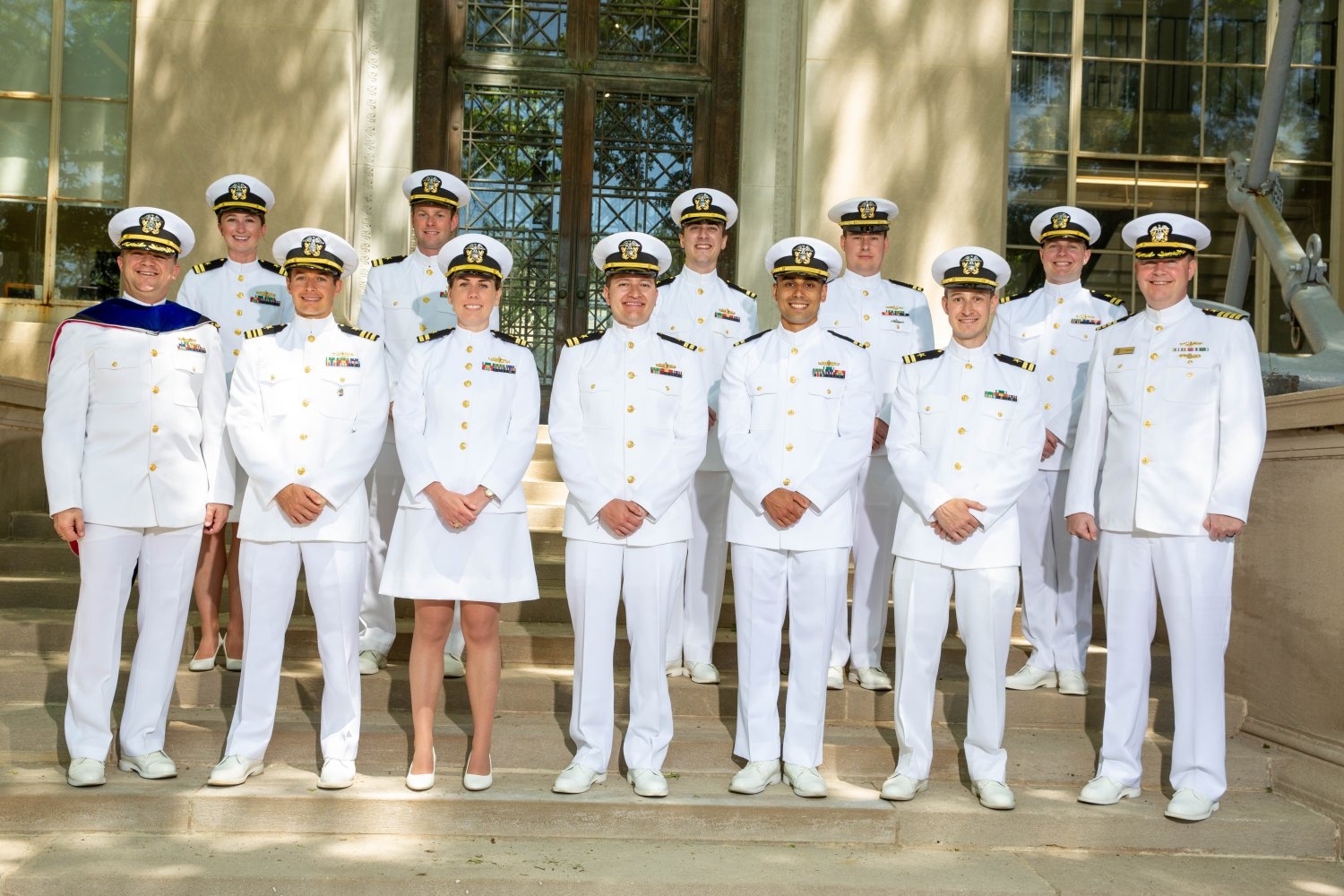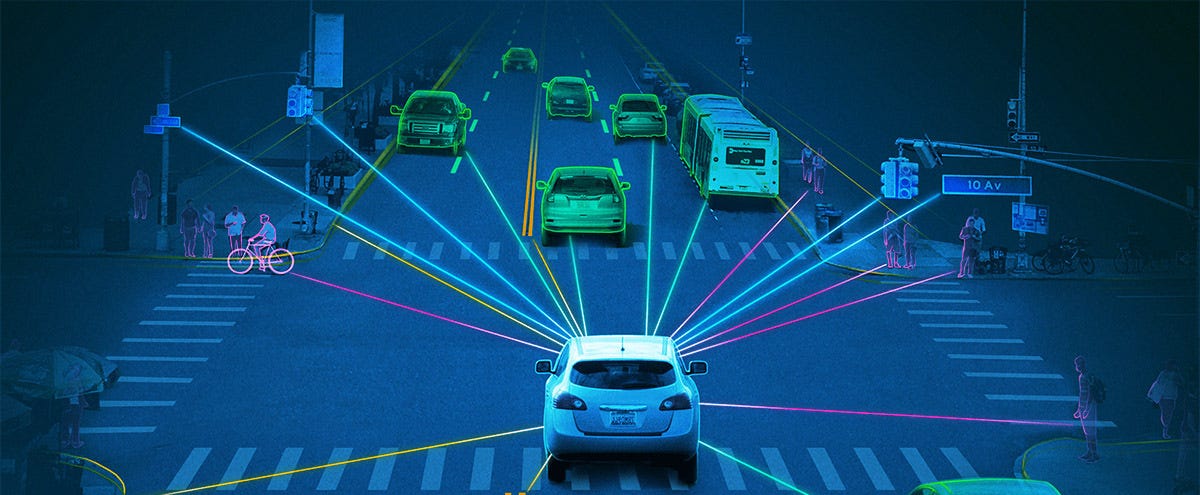Comparing ANN and CNN on CIFAR-10: A Comprehensive Analysis
Are you curious about how different neural networks stack up against each other? In this blog, we dive into an exciting comparison between Artificial Neural Networks (ANN) and Convolutional Neural Networks (CNN) using the popular CIFAR-10 dataset. We’ll break down the key concepts, architectural differences, and real-world applications of ANNs and CNNs. Join us as we uncover which model reigns supreme for image classification tasks and why. Let’s get started!Dataset OverviewThe CIFAR-10 dataset is a widely-used dataset for machine learning and computer vision tasks. It consists of 60,000 32x32 color images in 10 different classes, with 50,000 training images and 10,000 test images. The classes are airplanes, cars, birds, cats, deer, dogs, frogs, horses, ships, and trucks. This blog explores the performance of Artificial Neural Networks (ANN) and Convolutional Neural Networks (CNN) on the CIFAR-10 dataset.Sample datasetWhat is ANN?Artificial Neural Networks (ANN) are computational models inspired by the human brain. They consist of interconnected groups of artificial neurons (nodes) that process information using a connectionist approach. ANNs are used for a variety of tasks, including classification, regression, and pattern recognition.Principles of ANNLayers: ANNs consist of input, hidden, and output layers.Neurons: Each layer has multiple neurons that process inputs and produce outputs.Activation Functions: Functions like ReLU or Sigmoid introduce non-linearity, enabling the network to learn complex patterns.Backpropagation: The learning process involves adjusting weights based on the error gradient.ANN ArchitectureANN = models.Sequential([ layers.Flatten(input_shape=(32, 32, 3)), layers.Dense(3000, activation='relu'), layers.Dense(1000, activation='relu'), layers.Dense(10, activation='sigmoid')])ANN.compile(optimizer='adam', loss='sparse_categorical_crossentropy', metrics=['accuracy'What is CNN?Convolutional Neural Networks (CNN) are specialized ANNs designed for processing structured grid data, like images. They are particularly effective for tasks involving spatial hierarchies, such as image classification and object detection.Principles of CNNConvolutional Layers: These layers apply convolutional filters to the input to extract features.Pooling Layers: Pooling layers reduce the spatial dimensions, retaining important information while reducing computational load.Fully Connected Layers: After convolutional and pooling layers, fully connected layers are used to make final predictions.CNN ArchitectureCNN = models.Sequential([ layers.Conv2D(input_shape=(32, 32, 3), filters=32, kernel_size=(3, 3), activation='relu'), layers.MaxPooling2D((2, 2)), layers.Conv2D(filters=64, kernel_size=(3, 3), activation='relu'), layers.MaxPooling2D((2, 2)), layers.Flatten(), layers.Dense(2000, activation='relu'), layers.Dense(1000, activation='relu'), layers.Dense(10, activation='softmax')])CNN.compile(optimizer='adam', loss='sparse_categorical_crossentropy', metrics=['accuracy'])Training and EvaluationBoth models were trained for 10 epochs on the CIFAR-10 dataset. The ANN model uses dense layers and is simpler, while the CNN model uses convolutional and pooling layers, making it more complex and suitable for image data.ANN.fit(X_train, y_train, epochs=10)ANN.evaluate(X_test, y_test)CNN.fit(X_train, y_train, epochs=10)CNN.evaluate(X_test, y_test)Training ANN ModelTraining CNN ModelResults ComparisonThe evaluation results for both models show the accuracy and loss on the test data.ANN EvaluationAccuracy: 0.4960Loss: 1.4678Test Data Evaluation for ANN ModelCNN EvaluationAccuracy: 0.7032Loss: 0.8321Test Data Evaluation for CNN ModelThe CNN significantly outperforms the ANN in terms of accuracy and loss.Confusion Matrices and Classification ReportsTo further analyze the models’ performance, confusion matrices and classification reports were generated.ANN Confusion Matrix and Reporty_pred_ann = ANN.predict(X_test)y_pred_labels_ann = [np.argmax(i) for i in y_pred_ann]plot_confusion_matrix(y_test, y_pred_labels_ann, "Confusion Matrix for ANN")print("Classification Report for ANN:")print(classification_report(y_test, y_pred_labels_ann))CNN Confusion Matrix and Reporty_pred_cnn = CNN.predict(X_test)y_pred_labels_cnn = [np.argmax(i) for i in y_pred_cnn]plot_confusion_matrix(y_test, y_pred_labels_cnn, "Confusion Matrix for CNN")print("Classification Report for CNN:")print(classification_report(y_test, y_pred_labels_cnn))ConclusionThe CNN model outperforms the ANN model on the CIFAR-10 dataset due to its ability to capture spatial hierarchies and local patterns in the image data. While ANNs are powerful for general tasks, CNNs are specifically designed for image-related tasks, making them more effective for this application.In summary, for image classification tasks like those in the CIFAR-10 dataset, CNNs offer a significant performance advantage over ANNs due to their specialized architecture tailor

Are you curious about how different neural networks stack up against each other? In this blog, we dive into an exciting comparison between Artificial Neural Networks (ANN) and Convolutional Neural Networks (CNN) using the popular CIFAR-10 dataset. We’ll break down the key concepts, architectural differences, and real-world applications of ANNs and CNNs. Join us as we uncover which model reigns supreme for image classification tasks and why. Let’s get started!
Dataset Overview
The CIFAR-10 dataset is a widely-used dataset for machine learning and computer vision tasks. It consists of 60,000 32x32 color images in 10 different classes, with 50,000 training images and 10,000 test images. The classes are airplanes, cars, birds, cats, deer, dogs, frogs, horses, ships, and trucks. This blog explores the performance of Artificial Neural Networks (ANN) and Convolutional Neural Networks (CNN) on the CIFAR-10 dataset.
What is ANN?
Artificial Neural Networks (ANN) are computational models inspired by the human brain. They consist of interconnected groups of artificial neurons (nodes) that process information using a connectionist approach. ANNs are used for a variety of tasks, including classification, regression, and pattern recognition.
Principles of ANN
- Layers: ANNs consist of input, hidden, and output layers.
- Neurons: Each layer has multiple neurons that process inputs and produce outputs.
- Activation Functions: Functions like ReLU or Sigmoid introduce non-linearity, enabling the network to learn complex patterns.
- Backpropagation: The learning process involves adjusting weights based on the error gradient.

ANN Architecture
ANN = models.Sequential([
layers.Flatten(input_shape=(32, 32, 3)),
layers.Dense(3000, activation='relu'),
layers.Dense(1000, activation='relu'),
layers.Dense(10, activation='sigmoid')
])
ANN.compile(optimizer='adam', loss='sparse_categorical_crossentropy', metrics=['accuracy'
What is CNN?
Convolutional Neural Networks (CNN) are specialized ANNs designed for processing structured grid data, like images. They are particularly effective for tasks involving spatial hierarchies, such as image classification and object detection.
Principles of CNN
- Convolutional Layers: These layers apply convolutional filters to the input to extract features.
- Pooling Layers: Pooling layers reduce the spatial dimensions, retaining important information while reducing computational load.
- Fully Connected Layers: After convolutional and pooling layers, fully connected layers are used to make final predictions.

CNN Architecture
CNN = models.Sequential([
layers.Conv2D(input_shape=(32, 32, 3), filters=32, kernel_size=(3, 3), activation='relu'),
layers.MaxPooling2D((2, 2)),
layers.Conv2D(filters=64, kernel_size=(3, 3), activation='relu'),
layers.MaxPooling2D((2, 2)),
layers.Flatten(),
layers.Dense(2000, activation='relu'),
layers.Dense(1000, activation='relu'),
layers.Dense(10, activation='softmax')
])
CNN.compile(optimizer='adam', loss='sparse_categorical_crossentropy', metrics=['accuracy'])
Training and Evaluation
Both models were trained for 10 epochs on the CIFAR-10 dataset. The ANN model uses dense layers and is simpler, while the CNN model uses convolutional and pooling layers, making it more complex and suitable for image data.
ANN.fit(X_train, y_train, epochs=10)
ANN.evaluate(X_test, y_test)
CNN.fit(X_train, y_train, epochs=10)
CNN.evaluate(X_test, y_test)


Results Comparison
The evaluation results for both models show the accuracy and loss on the test data.
ANN Evaluation
- Accuracy: 0.4960
- Loss: 1.4678

CNN Evaluation
- Accuracy: 0.7032
- Loss: 0.8321

The CNN significantly outperforms the ANN in terms of accuracy and loss.
Confusion Matrices and Classification Reports
To further analyze the models’ performance, confusion matrices and classification reports were generated.
ANN Confusion Matrix and Report
y_pred_ann = ANN.predict(X_test)
y_pred_labels_ann = [np.argmax(i) for i in y_pred_ann]
plot_confusion_matrix(y_test, y_pred_labels_ann, "Confusion Matrix for ANN")
print("Classification Report for ANN:")
print(classification_report(y_test, y_pred_labels_ann))

CNN Confusion Matrix and Report
y_pred_cnn = CNN.predict(X_test)
y_pred_labels_cnn = [np.argmax(i) for i in y_pred_cnn]
plot_confusion_matrix(y_test, y_pred_labels_cnn, "Confusion Matrix for CNN")
print("Classification Report for CNN:")
print(classification_report(y_test, y_pred_labels_cnn))

Conclusion
The CNN model outperforms the ANN model on the CIFAR-10 dataset due to its ability to capture spatial hierarchies and local patterns in the image data. While ANNs are powerful for general tasks, CNNs are specifically designed for image-related tasks, making them more effective for this application.
In summary, for image classification tasks like those in the CIFAR-10 dataset, CNNs offer a significant performance advantage over ANNs due to their specialized architecture tailored for processing visual data.
This brings us to the end of this article. I hope you have understood everything clearly. Make sure you practice as much as possible.
If you wish to check out more resources related to Data Science, Machine Learning and Deep Learning you can refer to my Github account.
You can connect with me on LinkedIn — RAVJOT SINGH.
P.S. Claps and follows are highly appreciated.
Comparing ANN and CNN on CIFAR-10: A Comprehensive Analysis was originally published in Becoming Human: Artificial Intelligence Magazine on Medium, where people are continuing the conversation by highlighting and responding to this story.






















